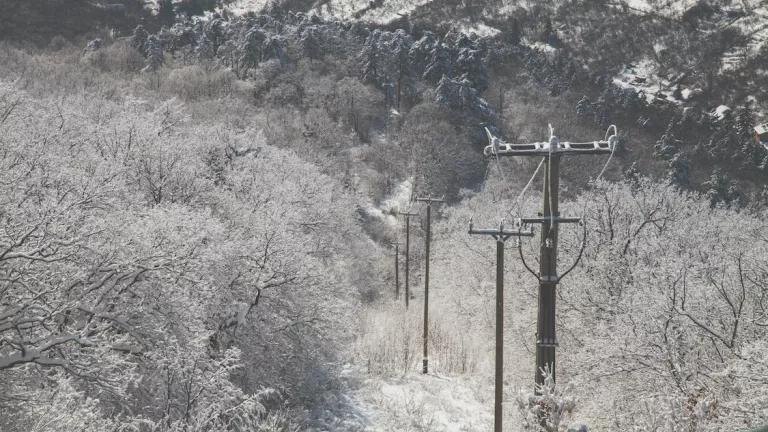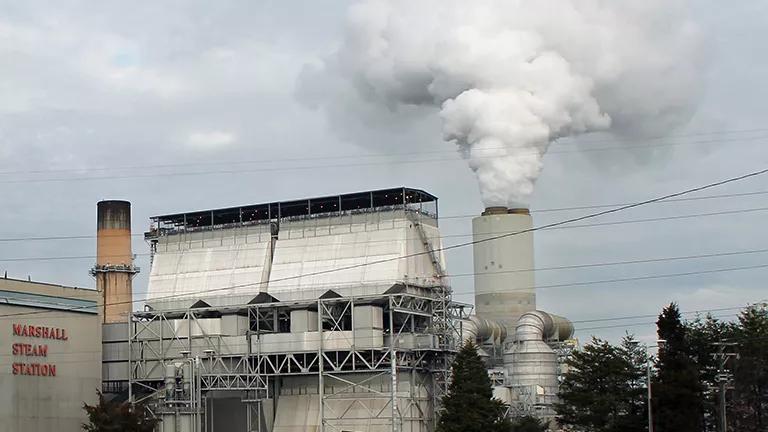As a near native of the Palmetto State, I often find myself reminiscing about the many years I lived there. From my childhood in Mauldin (near Greenville), to high school in Hartsville (near Florence), undergrad in Columbia (Go Gamecocks!), and a few months post-college in Charleston, I have lived in many areas of the state. I even return a few times a year to visit my in-laws in Myrtle Beach.
One of my favorite things about the state is a slogan that used to grace the license plate: Smiling Faces. Beautiful Places. I think it nicely sums up the warm and friendly disposition of the people and amazing natural beauty found in South Carolina. Unfortunately, the Department of Natural Resources (DNR) has kept under wraps a report that spells trouble for the state’s beautiful places and could turn those smiles into frowns.
The DNR completed a climate change vulnerability assessment a few years ago but decided against releasing it for public review. The report was leaked to a major state newspaper and then published on their website. It seems like a waste of taxpayer money for a public agency to invest so much time and many resources into developing a study only to leave it collecting dust on a shelf somewhere, especially when it comes to an incredibly important topic that will impact all South Carolinians—climate change.
According to the report, there have been several observed changes in the state’s climate and across the Southeast region:
- Since 1970, a general warming trend has been observed in the state’s three major geographic divisions.
- Water temperatures in Charleston Harbor have shown a steady warming trend since 1985.
- Across the Southeast, there have been observed increases in heavy downpours in many areas even though moderate to severe drought conditions also were widespread.
Over the next 70 years, average temperatures are projected to rise 4.5°F to 9°F depending on future greenhouse gas emissions. And as if summers were not already hot enough (and extremely humid might I add), the greatest temperature increases are projected to occur during the summer months. By the 2080s, summers are projected to be about 11°F hotter. Just imagine summer highs well into the triple digits being the norm instead of the exception. Drought conditions also are expected to become longer, more frequent, and more intense as temperatures and rates of evapotranspiration rise.
The report only focuses on direct impacts to natural resources, which also will affect natural resource-dependent industries like tourism and recreational fishing and hunting—tourism alone contributes approximately $17 billion annually to the state economy. There are also untold impacts to people, homes, businesses, communities, and the economy that are not included in this assessment.
These are a few of the likely consequences of climate change for natural resources in the state from the report:
- Rising sea levels will impact beaches, wetlands, and other coastal habitat, threatening sea turtles, birds, and commercially-important fisheries like shrimp and blue crab.
- Increasing salinity in river systems due to sea level rise will force freshwater and diadromous fish (fish that spend portions of their life cycles in freshwater and saltwater) to move upstream, where possible, to find better habitat.
- Warmer water temperatures could cause a shift in the distribution of anadromous species (fish that live in saltwater but return to freshwater to spawn) like striped bass and sturgeon and cause coldwater fishes like brook trout and smallmouth bass to become locally extinct.
While this report is a critical first step towards planning for climate change impacts, the state still has much work to do. Given that the places and wildlife that people love so much are at great risk, the DNR should formally release this report for public review. The state also should take immediate steps to examine what the likely impacts of climate change are for other sector areas as part of the development of a statewide climate preparedness plan. Approximately 20 percent of states in the U.S. have developed such a plan. The state can and should join these ranks to preserve its beautiful places and keep the smiles on the faces of future generations of South Carolinians.



